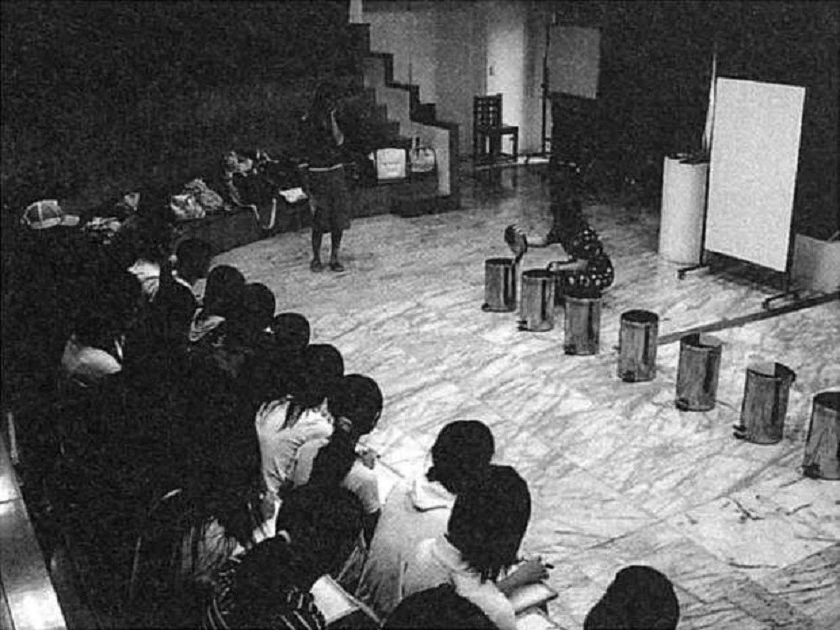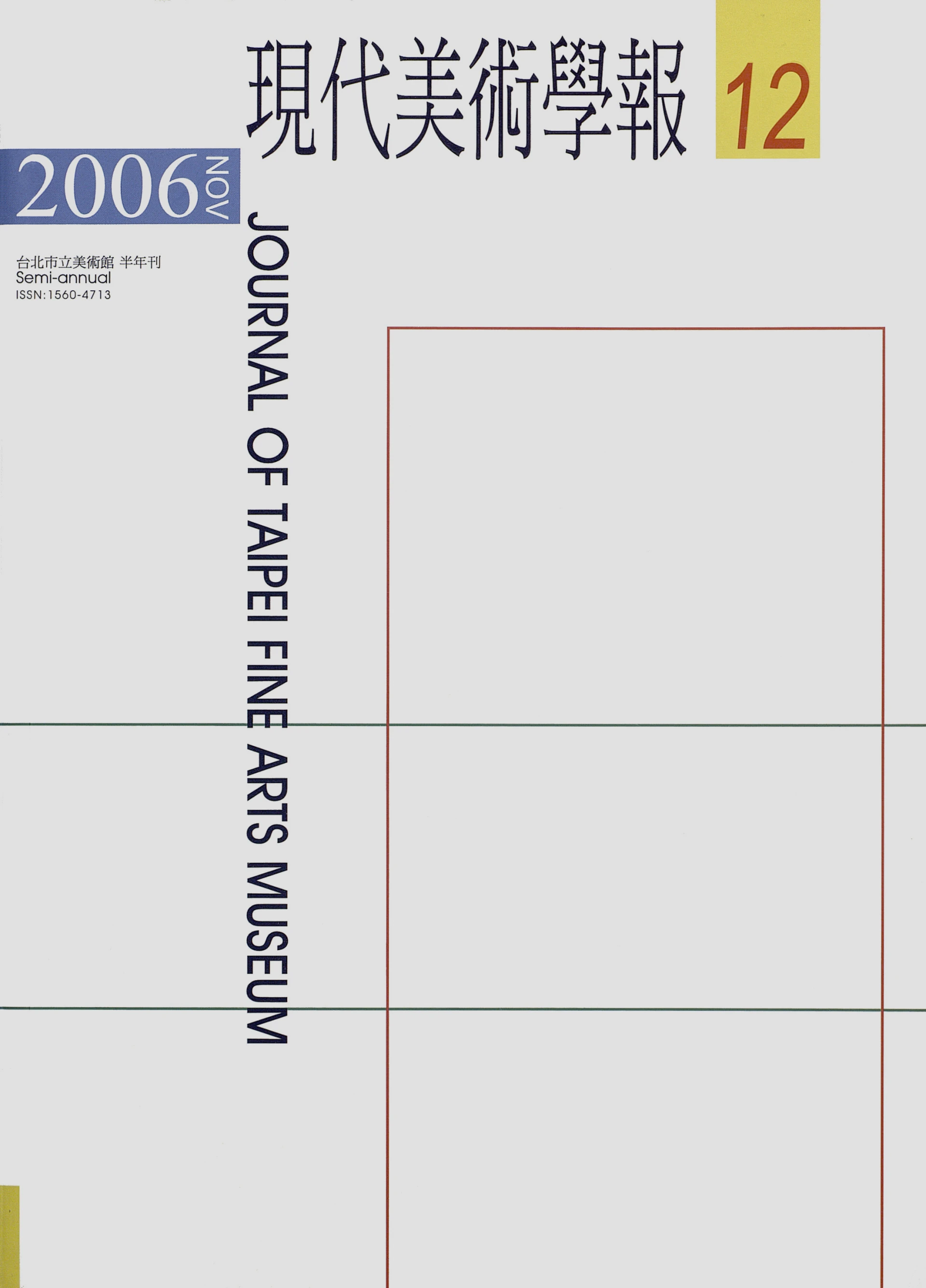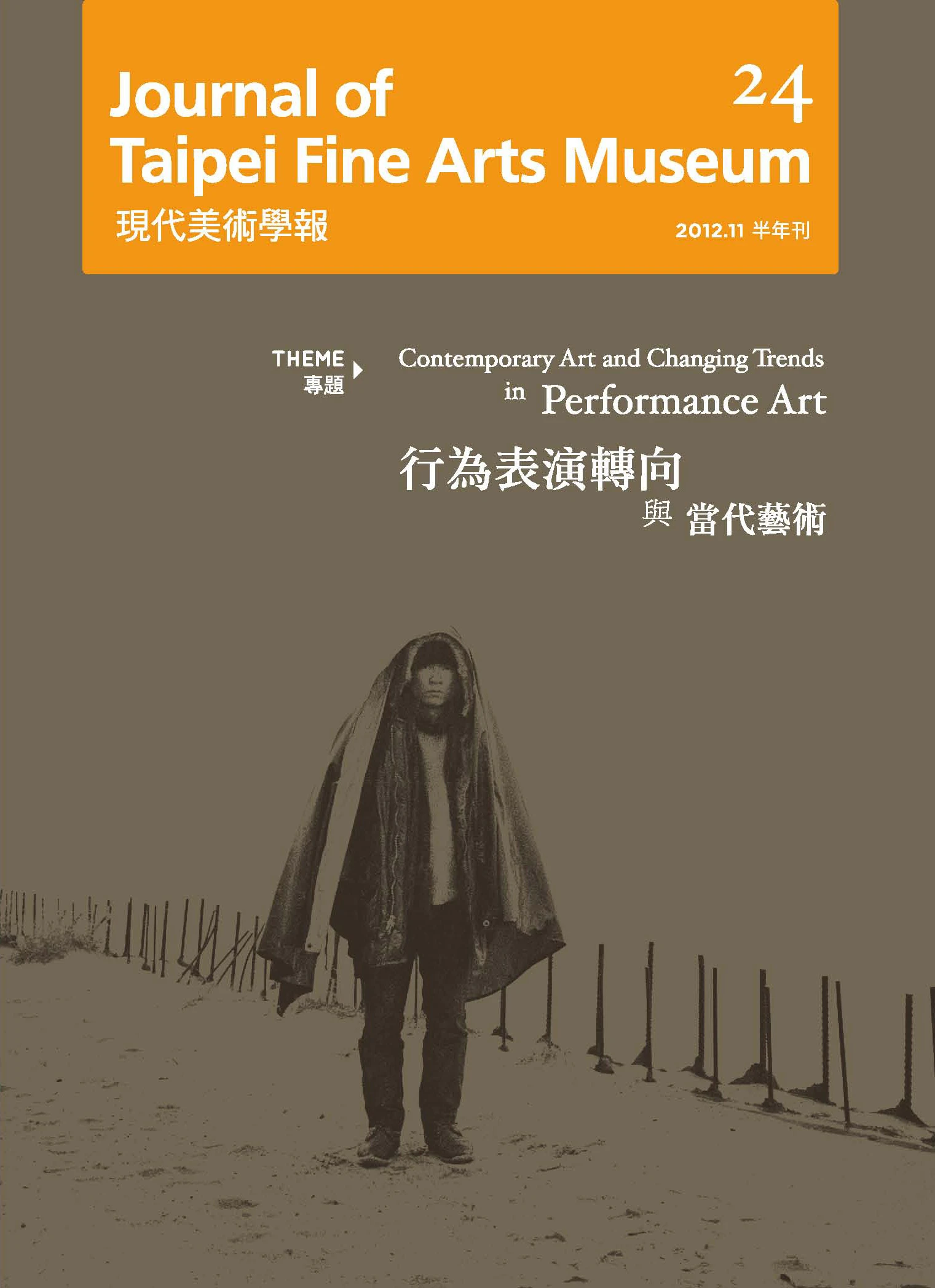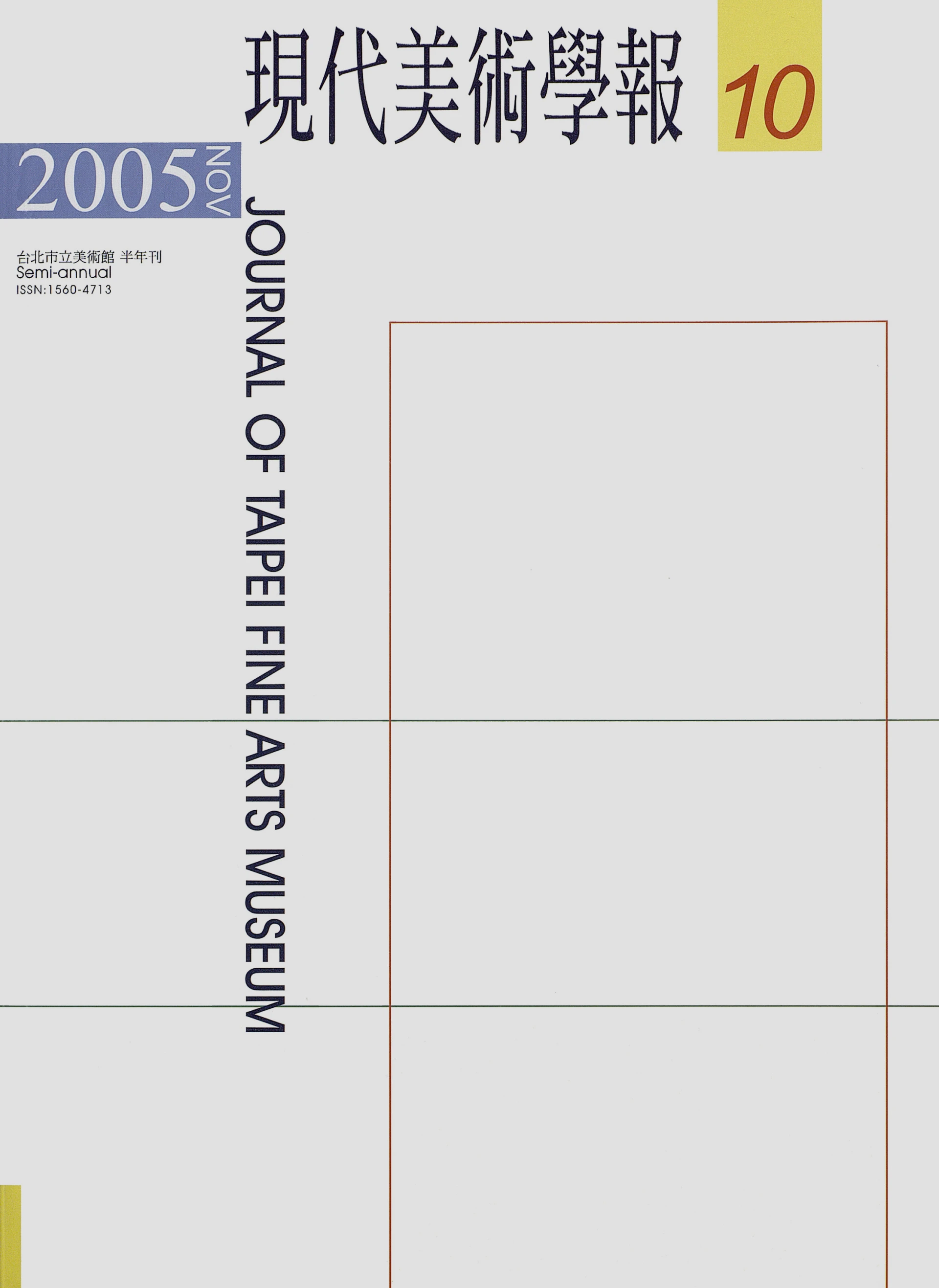摘要
1851年至二次大戰期間,世界工業博覽會提供了一個舞台,讓當時的民族國家得以展示科技成就與殖民屬地,藉機宣揚自己的實力。在歐美各國,這些博覽會所扮演的角色早為人所熟知,但是對於十九世紀末才躋身世界列強的日本,同樣的議題卻鮮少有人關注。日本投入世界博覽會的參與性質為何?在其展示殖民地的原住民時,又曾進行到甚麼樣的程度?本文將探討日本於1895年取得臺灣之後,在工業博覽會裡所設立的殖民展館,並以1903年大阪舉辦的「第五回內國勸業博覽會作為個案分析,交代當年籌畫展覽的人類學家,以及這類展示所引發的爭議。最後,我將嘗試從殖民史的角度來總結這方面的相關議題。
關鍵詞
人類學、殖民主義、展覽、日本、民族主義
Abstract
In the years between 1851 and the outbreak of the Second World War, industrial and universal
expositions provided states with opportunities to showcase the industrial might of national champions and their mastery of their colonies. The role of universal expositions in Western Europe and the United States is well known, but little attention has been paid to their role in Japan, which succeeded in joining the ranks of world powers at the end of nineteenth century. What was the nature of Japanese participation in international expositions, and to what extent did Japan exhibit indigenous people from its colonies? This paper examines the colonial pavilions erected during Japanese industrial expositions following its seizure of Taiwan in 1895. We will analyze the case of the fifth National Industrial Exposition, organised in Osaka in 1903, and explain who were the anthropologists responsible for organising this exhibition, as well as the nature of the resistance such exhibitions encountered. Finally, this paper will attempt to assess more general issues relating to this aspect of colonial history.
Keywords
Anthropology, Colonialism, Exhibition, Japan, Nationalism






